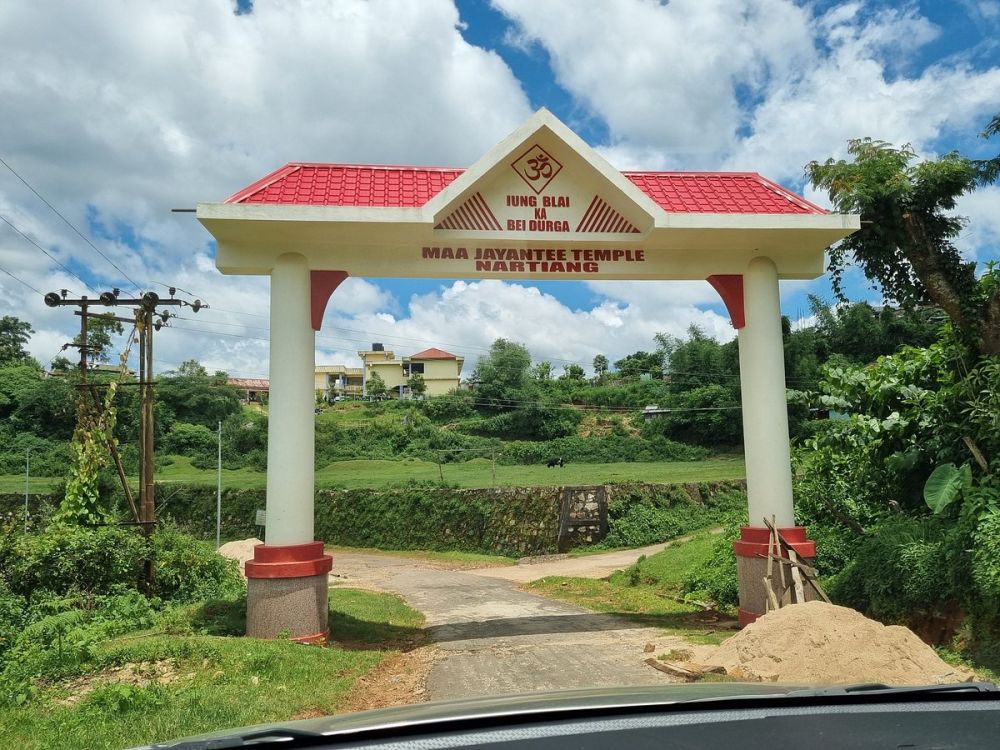

The serene landscape of Meghalaya, a state nestled in the Northeastern part of India, has always captivated travelers with its unique cultural heritage and breathtaking natural beauty. One of the lesser-known yet historically significant attractions in Meghalaya is U Lum Sunaraja, commonly referred to as the Royal Tombs, located in Jowai.
U Lum Sunaraja has a rich history tied to the royal lineage of the Jaintia Kingdom. These tombs are the final resting place of the Jaintia Kings and symbolize the regal legacy of the bygone era. The Jaintia Kings were known for their powerful reign and influence over the region, which included parts of present-day Meghalaya and Bangladesh. The Royal Tombs stand as a testament to the architectural and cultural accomplishments of the Jaintia Kingdom.
Tourism in Meghalaya began to develop only in the late 20th century, owing to the state's relative inaccessibility and political challenges. Yet, as infrastructure improved and Meghalaya became more open to the outside world, places like U Lum Sunaraja gained attention. Visitors today are drawn to the tombs not just for their historical value but also because they provide insight into the rich cultural tapestry of the Jaintias. The tombs, with their intricate carvings and designs, are reflective of the skillful craftsmanship that the Jaintia people possess, further underlined during the annual Behdienkhlam festival, which showcases the area's traditional arts, music, and dance.
In recent years, Meghalaya has seen an uptick in what is known as 'experiential travel'. Tourists are increasingly seeking authentic encounters, hoping to immerse themselves in the local culture. This change in traveler behavior is bringing U Lum Sunaraja to the forefront as a destination for those interested in the deep-rooted history and customs of the Jaintia people. Responsible tourism practices are also slowly being introduced to ensure that the historical site is preserved for future generations.
Community-based tourism is gaining traction as well, involving local communities in the tourism process, which not only contributes to the conservation of the site but also spurs local economic growth. With this paradigm shift, more travelers are including U Lum Sunaraja in their itineraries, leading to a gentle yet steady growth in tourism that respects the sanctity of the site.
For those planning to visit, it is essential to show respect for the tombs, as they are a significant part of the Jaintia community's heritage. Local guides are available to illustrate the tombs' history, legends, and the significance of the various carvings found on them. These guides are key to ensuring that tourists understand and appreciate the site's value.
In conclusion, while U Lum Sunaraja may not have a long history as a tourist destination, its significance and growing popularity reflect a broader trend in seeking out places of deep cultural and historical relevance. As tourism continues to evolve in Meghalaya, sites like the Royal Tombs are likely to feature more prominently in the region's tourism narrative.